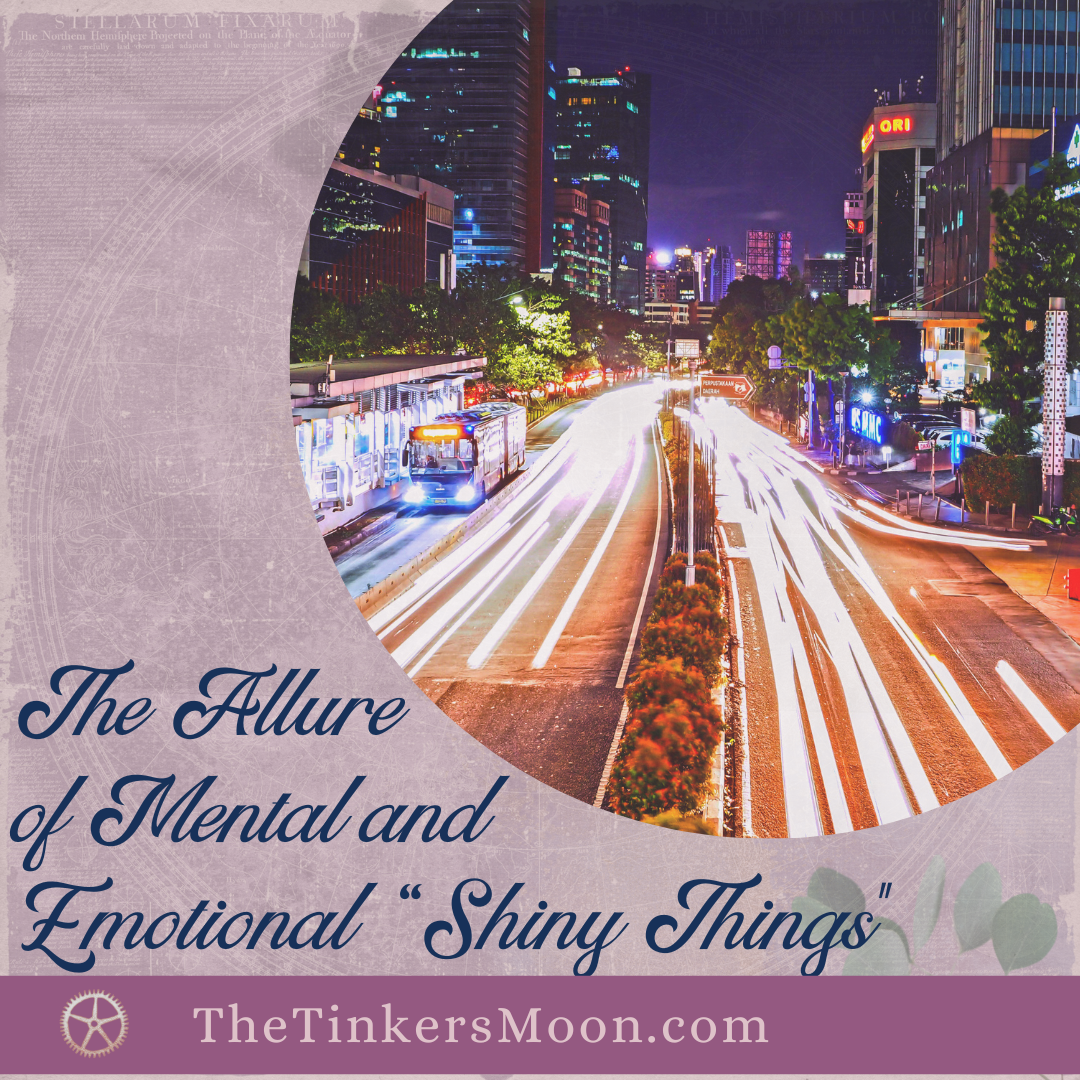
The Allure of Mental and Emotional “Shiny Things”: Why We’re Drawn to Attention-Grabbing Content
We live in an age of information overload, where content vies for our attention at every turn. This bombardment has led to our fascination with mental and emotional “shiny things” – concepts and ideas that attract us more than physical items like gold or silver. But what drives this attraction, and why are we so captivated by these attention-grabbing stimuli? Let’s dive into the psychology behind the allure of mental and emotional shiny things and explore a few sources that shed light on this phenomenon.
Attention is a valuable commodity in today’s world, as we often find ourselves juggling multiple tasks, devices, and sources of input. Our brains are wired to seek new information and attend to elements that stand out in our environment. This desire for novelty is an evolutionary trait meant to keep us curious and continuously learning (Levitin, 2014). In his book “The Organized Mind: Thinking Straight in the Age of Information Overload”, Daniel Levitin discusses how the brain craves novelty because it releases dopamine, a neurotransmitter responsible for our pleasure and reward system.
In the modern era, our thirst for novelty translates into an attraction to emotionally or mentally engaging content that evokes a strong response. In their study on viral content, Nelson-Field et al. (2013) found that videos with high emotional arousal were more likely to be shared than those with low arousal. Emotions such as awe, amusement, surprise, or anger make content memorable and engaging. This creates a cycle where we seek out information that provides these emotional rewards while simultaneously ignoring less stimulating content.
Additionally, our tendency toward cognitive biases plays a role in our attraction to mental shiny things. The availability heuristic leads us to think that recent or salient events are more significant than they may actually be (Kahneman, 2011). For example, social media algorithms operate on this principle by showing us content that is highly engaging and similar to what we have previously liked or shared. This perpetuates our exposure to attention-grabbing mental and emotional stimuli, creating a reinforcing cycle of interest.
In summary, our brains are hardwired to seek novelty and attend to emotionally or mentally stimulating information. Coupled with cognitive biases and the structure of modern media consumption, this creates a powerful attraction to mental and emotional “shiny things.” As we navigate our information-dense world, it’s essential to be mindful of this allure and take care of our attention as the valuable resource it is.
References:
Kahneman, D. (2011). Thinking, Fast and Slow. Farrar, Straus and Giroux.
Levitin, D. J. (2014). The Organized Mind: Thinking Straight in the Age of Information Overload. Dutton.
Nelson-Field, K., Riebe, E., & Newstead, K. (2013). The emotions that drive viral video. Australasian Marketing Journal (AMJ), 21(4), 205-211.



